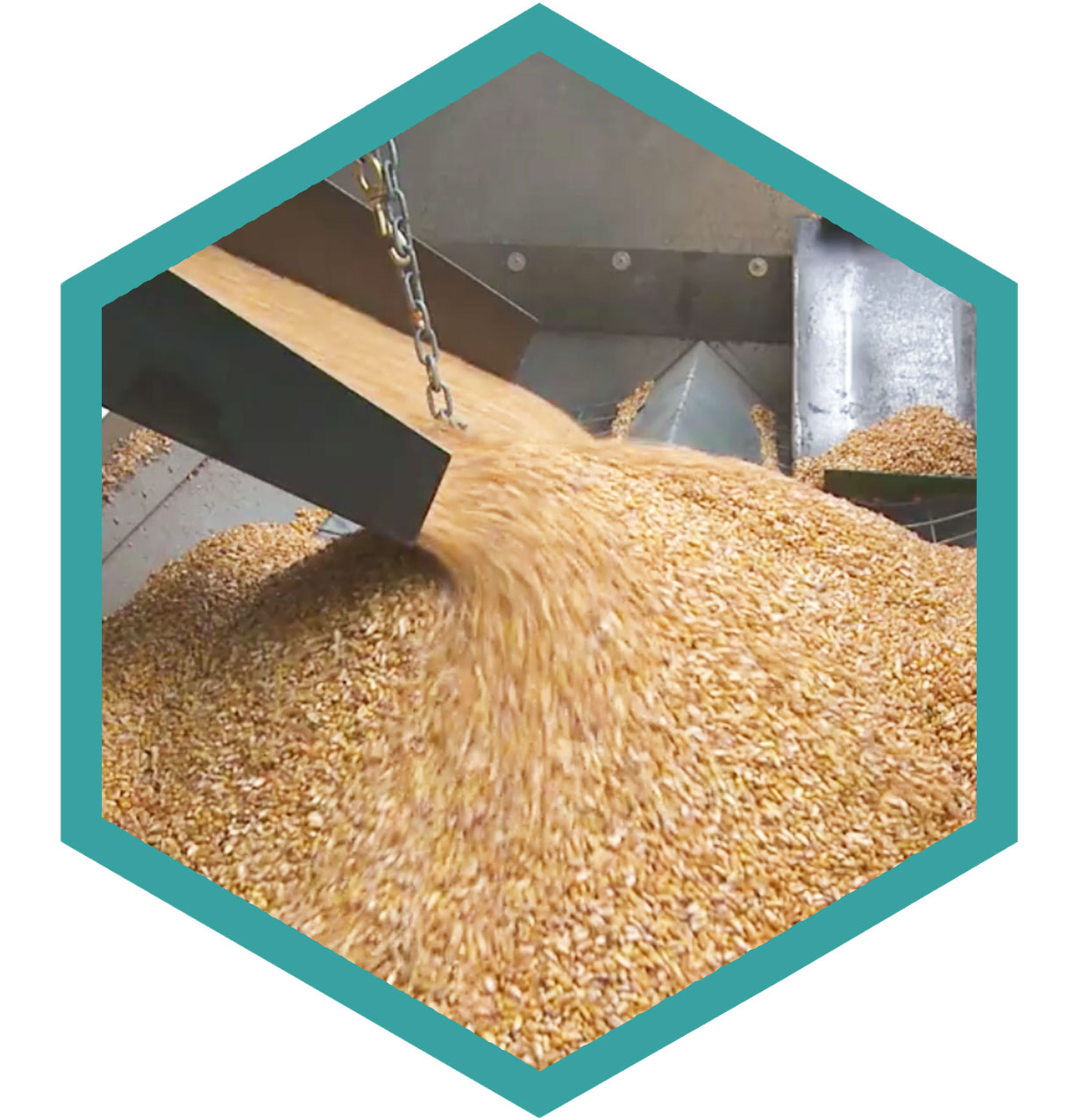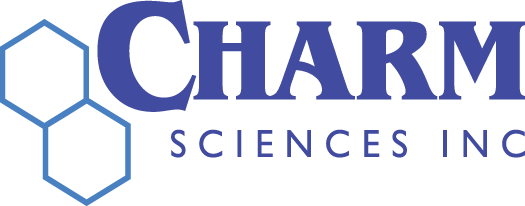Feed and Grain Industry

Treat Feed as Food
In the past, farmers traditionally have not had a food safety plan in place. Global markets and regulations have dictated a change in that mindset, and we at Charm Sciences partnered with farmers to create test kits and equipment to suit their needs. Charm Sciences provides the feed and grain industry with accurate, easy-to-perform, rapid tests for mycotoxins (e.g., aflatoxin, DON, fumonisin, ochratoxin, T-2/HT-2 toxins, and zearalenone) antibiotics and pesticides.
Grain storage and handling facilities have had to introduce various measures to ensure product safety. The transportation of grain is a key element to that safety, and government regulators expect facilities to know what previously traveled in any container before grain is introduced. If any of the government’s listed prohibited products were hauled, grain employees need proof of cleanliness. With Charm food safety tests, not only can crops can be accurately tested for mycotoxins and antibiotics to be promptly received, but shipping containers and processing facilities can be tested with hygiene tests.
Charm tests can save time (testing in a matter of minutes), money (eliminating brand-destroying recalls), and help keep all customers healthy.
Trust the Science of Charm Tests for the Feed and Grain Industry
Mycotoxin Tests
Fast and accurate, Charm ROSA (Rapid One Step Assay) lateral flow tests detect common mycotoxins found in grain. Many Charm ROSA tests have been evaluated and approved by the USDA Grain Inspection, Packers and Stockyards Administration (GIPSA) and other government agencies for common commodities adding to peace of mind.
A wide variety of ROSA mycotoxin tests are available to meet different needs. Charm has qualitative screening tests for aflatoxin and DON that provide positive or negative results in three minutes. Other tests are quantitative, with ranges set to levels required by safety agencies around the world. ROSA quantitative tests for aflatoxin, vomitoxin (DON), fumonisin, ochratoxin, T-2/HT-2 toxins, and zearalenone take three, five, or ten minutes.
Sample extractions for ROSA mycotoxin tests can be performed using different solvents, including water, ethanol, and methanol. Water Extraction Technology (WET) was developed by Charm to eliminate the need for organic solvents previously required to extract some mycotoxins. WET uses an extraction powder added to the sample and water to extract mycotoxins that enable operators to discard negative tests in regular waste. The AFQ-WETS5 test is GIPSA approved for 14 commodities and provides quantitative results in five minutes.
Antibiotic and Aflatoxin B1 Tests
Antibiotics can end up in animal feed and grain from several channels; intentional addition to prevent disease in animals; cross contamination from feed troughs or processing machinery; absorption from manure spread in fields from animals fed antibiotics. Charm II test kits analyze grain for aminoglycosides, amphenicols, beta-lactams, macrolides, sulfonamides, tetracyclines, and aflatoxin B1.
Pesticide Testing
The Charm CideLite broad-spectrum pesticide test detects all organophosphate and their active metabolites and N-methylcarbamate insecticides. The CideLite test is more sensitive to organophosphates and n-methylcarbamates than assays using an acetylcholinesterase reaction. The CideLite test uses the more sensitive enzyme, insect esterase. In addition to its enhanced sensitivity, the incubation time for the CideLite test is only 15 minutes.
Facility Sanitation/Hygiene (ATP)
To objectively determine whether farm and plant equipment is clean, Charm ATP hygiene tests accurately measure the “biological load” in seconds. The bioload includes the total amount of ATP from bacteria, yeasts, molds, biofilms, and food residues present on a surface.
The Charm PocketSwab Plus is used to test indoor surfaces. FieldSwab is especially designed to test equipment outdoors. The operator simply swabs the area, and inserts the sample into the reagent chamber. The swab is inserted into the novaLUM luminometer, which measures the amount of light given off by the ATP reaction. In five seconds, the operator knows whether the area is acceptably clean or in need of re-cleaning.
